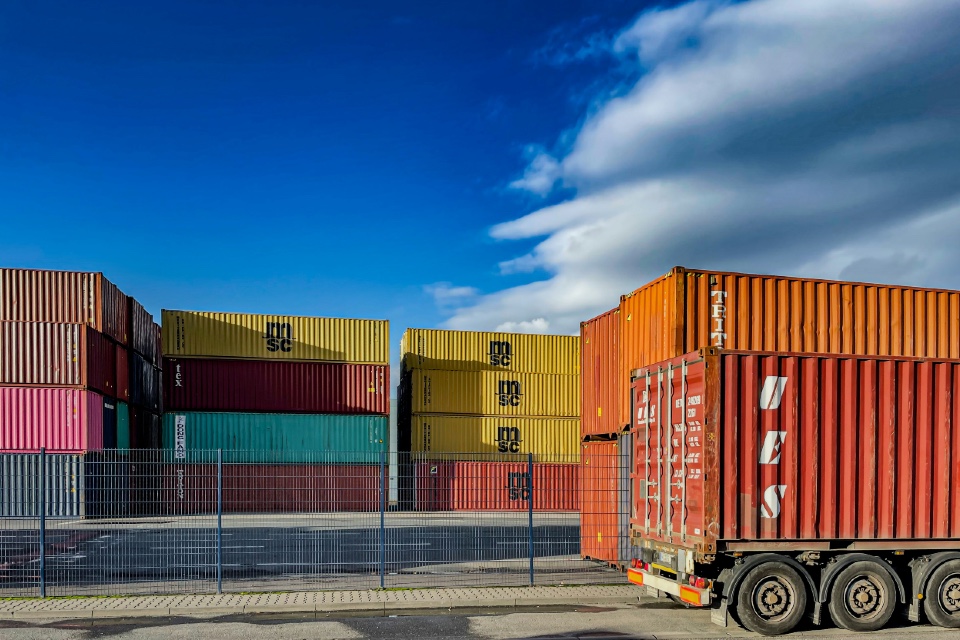Effective logistics and operations planning is essential for ensuring a smooth and efficient supply chain. For senior supply chain professionals, developing a robust plan involves several key considerations, as outlined by delegates and suppliers at the Total Supply Chain Summit…
Key Components of a Logistics and Operations Plan
- Demand Forecasting: Accurately predict future demand for products or services to optimize inventory levels and production planning.
- Supply Chain Mapping: Visualize your supply chain network to identify potential bottlenecks and areas for improvement.
- Inventory Management: Develop strategies for managing inventory levels, balancing stock availability with costs.
- Transportation Planning: Optimize transportation routes, modes, and carriers to minimize costs and ensure timely deliveries.
- Warehouse and Distribution Management: Plan warehouse layout, storage systems, and distribution processes to maximize efficiency.
- Risk Management: Identify potential risks and develop contingency plans to mitigate disruptions.
- Performance Metrics: Establish key performance indicators (KPIs) to measure the effectiveness of logistics and operations.
Roles and Responsibilities
- Supply Chain Manager: Oversees the overall planning and execution of logistics and operations.
- Demand Planner: Forecasts demand and manages inventory levels.
- Transportation Manager: Plans and coordinates transportation activities.
- Warehouse Manager: Oversees warehouse operations, including storage, picking, and packing.
- Procurement Specialist: Sources and manages suppliers and materials.
Communication and Collaboration
- Internal Communication: Ensure effective communication between departments involved in logistics and operations.
- Supplier Collaboration: Foster strong relationships with suppliers to ensure timely delivery and quality.
- Customer Communication: Maintain open communication with customers to understand their needs and expectations.
Best Practices
- Data-Driven Decision Making: Utilize data analytics to identify trends, optimize processes, and make informed decisions.
- Flexibility and Adaptability: Be prepared to adapt to changes in demand, supply, or market conditions.
- Continuous Improvement: Regularly review and update your logistics and operations plan to ensure it remains effective.
- Technology Integration: Leverage technology, such as warehouse management systems (WMS) and transportation management systems (TMS), to improve efficiency.
- Sustainability: Consider sustainability factors, such as reducing carbon emissions and minimizing waste.
By following these guidelines, senior supply chain professionals in the UK can develop a robust logistics and operations plan that drives efficiency, reduces costs, and enhances customer satisfaction.
Are you searching for Logistics & Operations Management solutions? The Total Supply Chain Summit can help!
Photo by Bernd 📷 Dittrich on Unsplash







